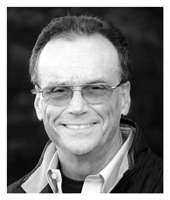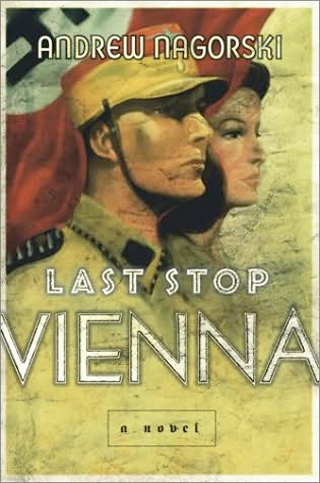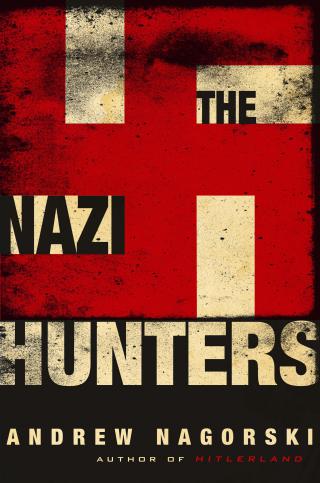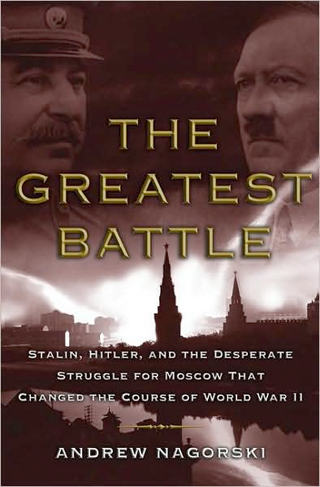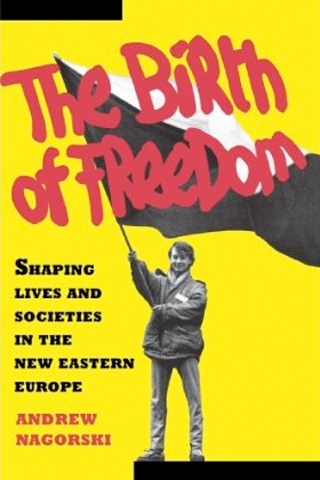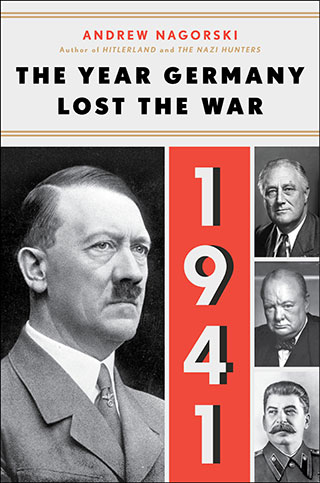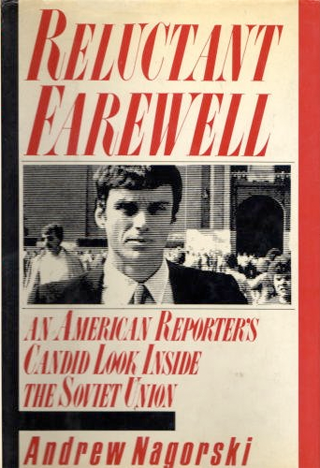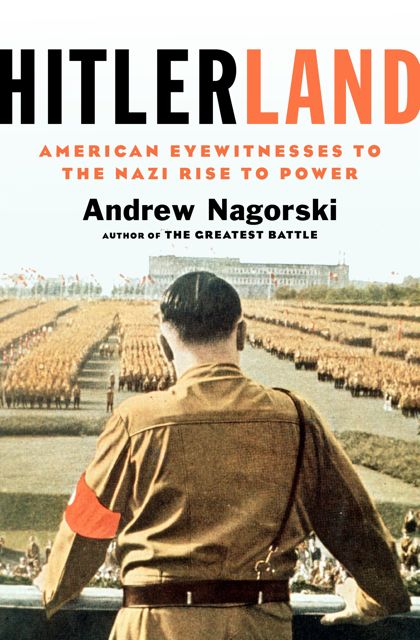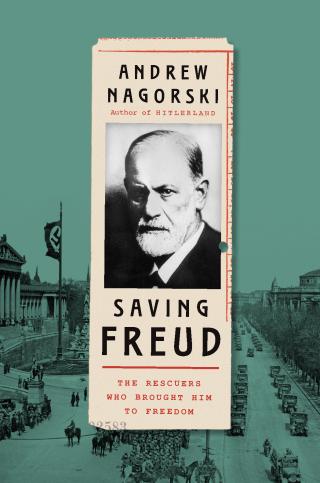With the end of World II in Europe in 1945, the extent of the mass murders committed by the Germans led by the Nazis became known, resulting in the trials in Nuremberg, Germany, of some of the Germans responsible for the implementation of Hitler’s “Final Solution,” the plan to kill all of the Jews and others considered undesirable in Europe.
This policy of mass murder has been known since 1948 as genocide. The term genocide was coined by a Polish Jewish refugee lawyer, Raphael Lemkin, who lobbied in the Nuremberg courthouse “for the recognition of genocide as a new category of international crime.”
Benjamin Ferencz, a Harvard trained lawyer, had fought in the war as a corporal, was transferred to the Judge Advocate Section of Gen. George Patton’s Third Army at the end of 1944. Released from active duty, he returned to Germany as a civilian to lead a team of war crimes investigators.
Ferencz first used the term genocide in the trial of SS officers who led the 3,000 members of the Einsatzgruppen. Captured daily reports documented the mass shootings of Jews, gypsies and other “enemies” by the Einsatzgruppen special execution squads.
“The evidence showed that the four Einsatzgruppen, each composed of five hundred to eight hundred men, ‘averaged some 1,350 murders per day during a two-year-period; 1,350 human beings slaughtered on the average day, seven days a week for more than 100 weeks,’” Nagorski wrote.
“The young prosecutor concluded his initial presentation with a line that would resonate among those seeking a measure of justice for such monumental crimes for decades to come; … ‘If these men are immune, then law has lost its meaning, and man must live in fear.’”
Ferencz was frustrated by his experiences in Nuremberg. Not being able to try all 3,000, Ferencz chose 22 most senior and best educated SS officers to be put on trial. “’I tried 22, I convicted 22, 13 were sentenced to death, four of them were actually executed, the rest of them got out after a few years.’ Then he added somberly: ‘The other 3,000 – nothing ever happened to them. Every day, they committed mass murder.’”
By 1950, the U.S. was more concerned with the growing threat from the Soviet Union than it was interested in prosecuting Nazis as war criminals, and there was little enthusiasm in America, or in Germany, for more trials. But a few dedicated “freelance Nazi hunters, who had been motivated by the horrors they had personally experienced and witnessed as Holocaust survivors,” dedicated themselves to bringing Nazi war criminals to justice.
Most of this book deals with their efforts and occasional successes as well as their rivalries with one another. One very famous success was locating, kidnapping, transporting to Israel, trying and executing SS Gen. Adolf Eichmann, the Nazi in charge of implementing the “Final Solution,” which he did with ruthless efficiency at Auschwitz and other concentration camps, killing millions.
The Nazi hunters kept pressure on Congress, which in 1979 created and funded the Office of Special Investigations in the Justice Department. Arthur Rudolph, one of the Nazi rocket scientists who oversaw the Saturn V rocket, which carried astronauts to the moon, was forced to “voluntarily” give up his U.S. citizenship and leave the country, but he got to keep his government pension.
Rep. Elizabeth Holtzman was stunned in a hearing in 1973, when in answer to her question of the commissioner of the Immigration and Naturalization Service as to whether the INS had a list of war criminals living in the U.S., the commissioner answered “Yes.” And to a following question, he said there were 53.
Nagorski does not mention Japanese war criminals and trials, though there were some trials of war criminals in Japan. However, in both cases, the U.S. and its allies lost interest in pursuing further trials of war criminals. In Japan, a statute of limitations was enacted, cutting off the trials of Japanese war criminals. Unlike the Nazi hunters who had the passion and personal history to pursue Nazi war criminals, no such constituency existed in Japan to pursue Japanese war criminals.
"The Nazi Hunters" is an important book reminding readers of the Nazi genocide prior to and during World War II, and of the limits on the possibility of prosecuting and convicting more than a small number of the actual offenders in cases of genocide.
Bob Wefald is a retired North Dakota State District Court judge. Wefald became a lawyer in 1970. His career included serving a year as a law clerk, four years as attorney general, more than 23 years in private practice in Bismarck and 12 years as a judge. He served as an officer in the Navy for three years of active duty plus 24 years in the Navy Reserve.
